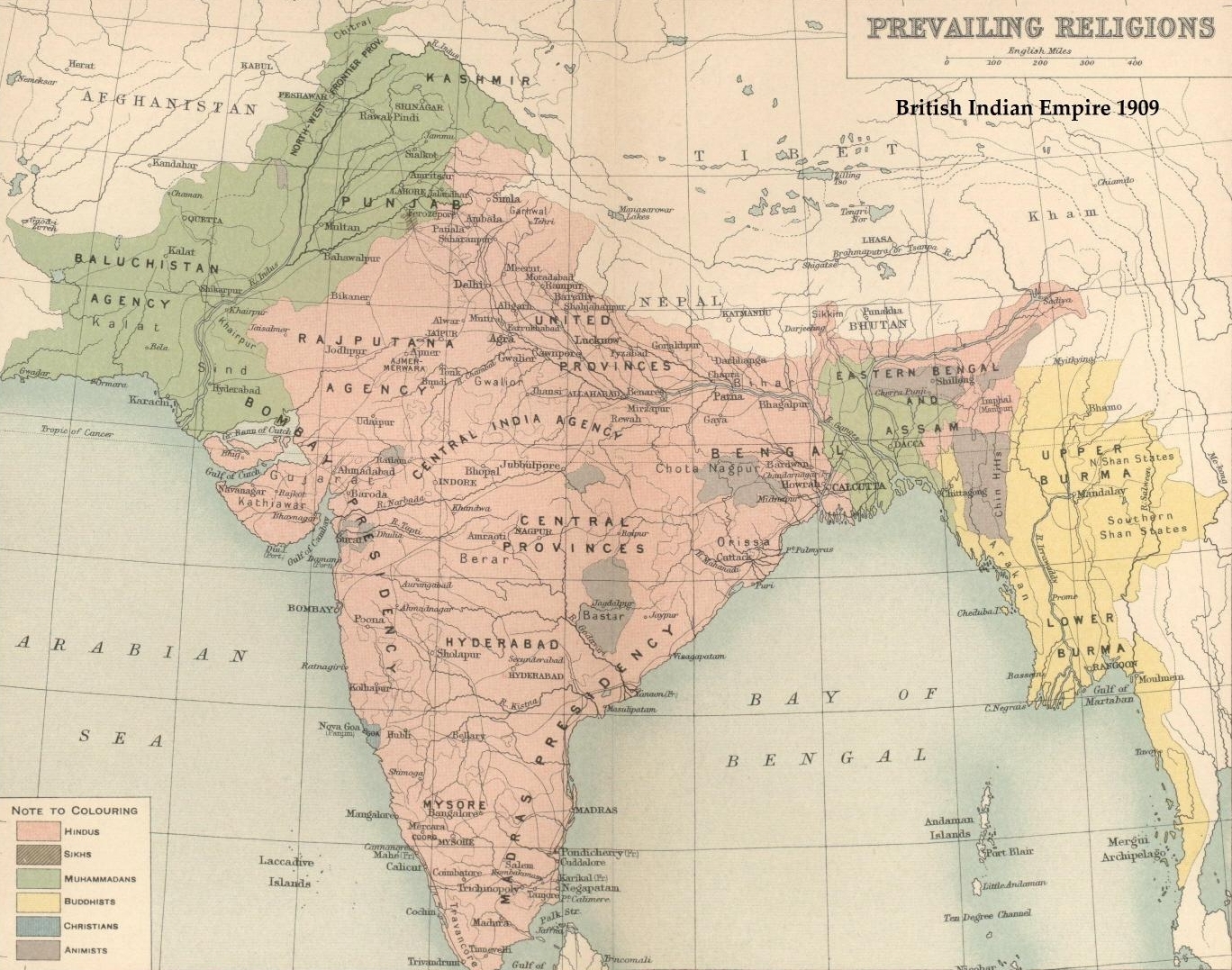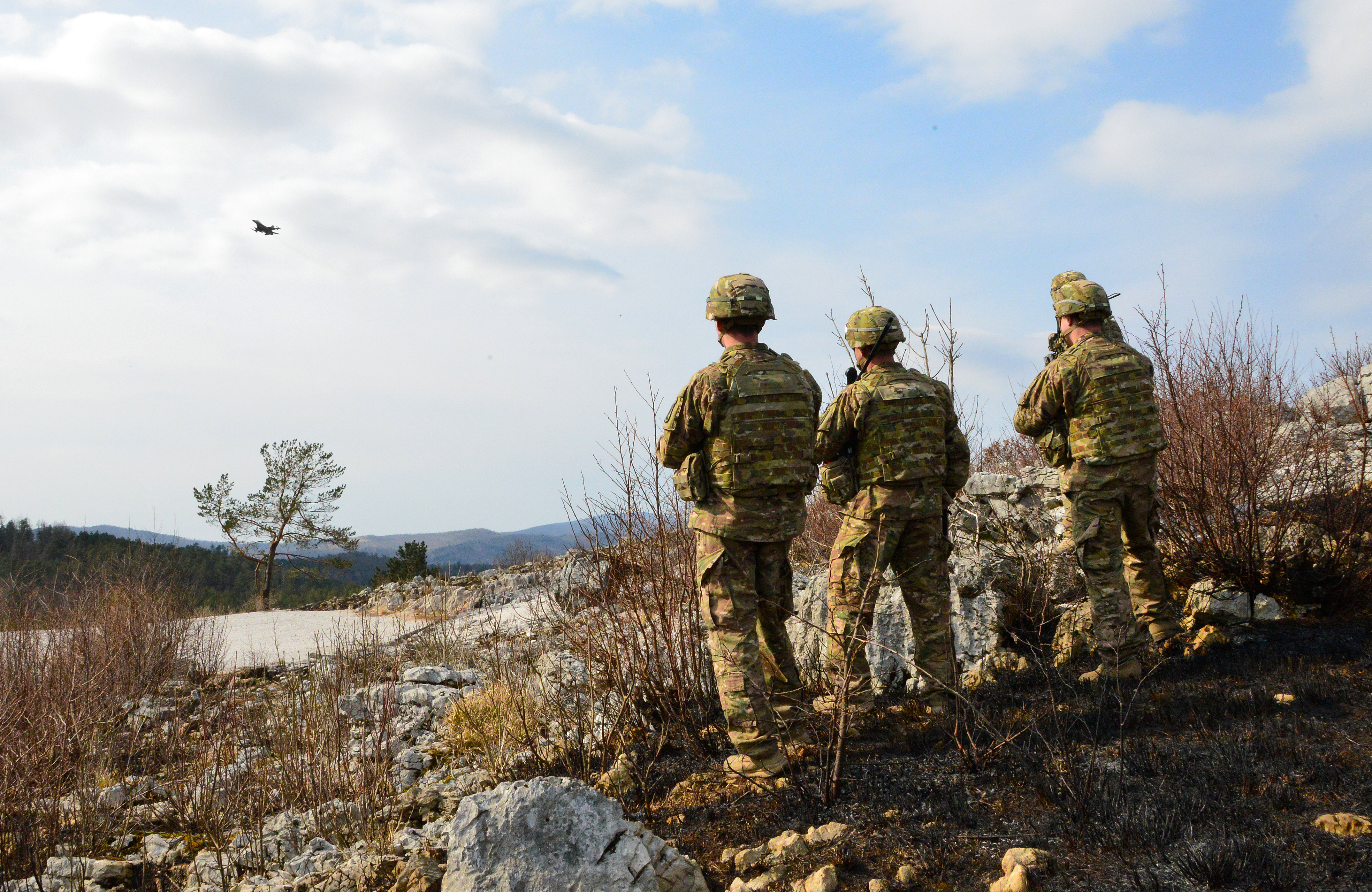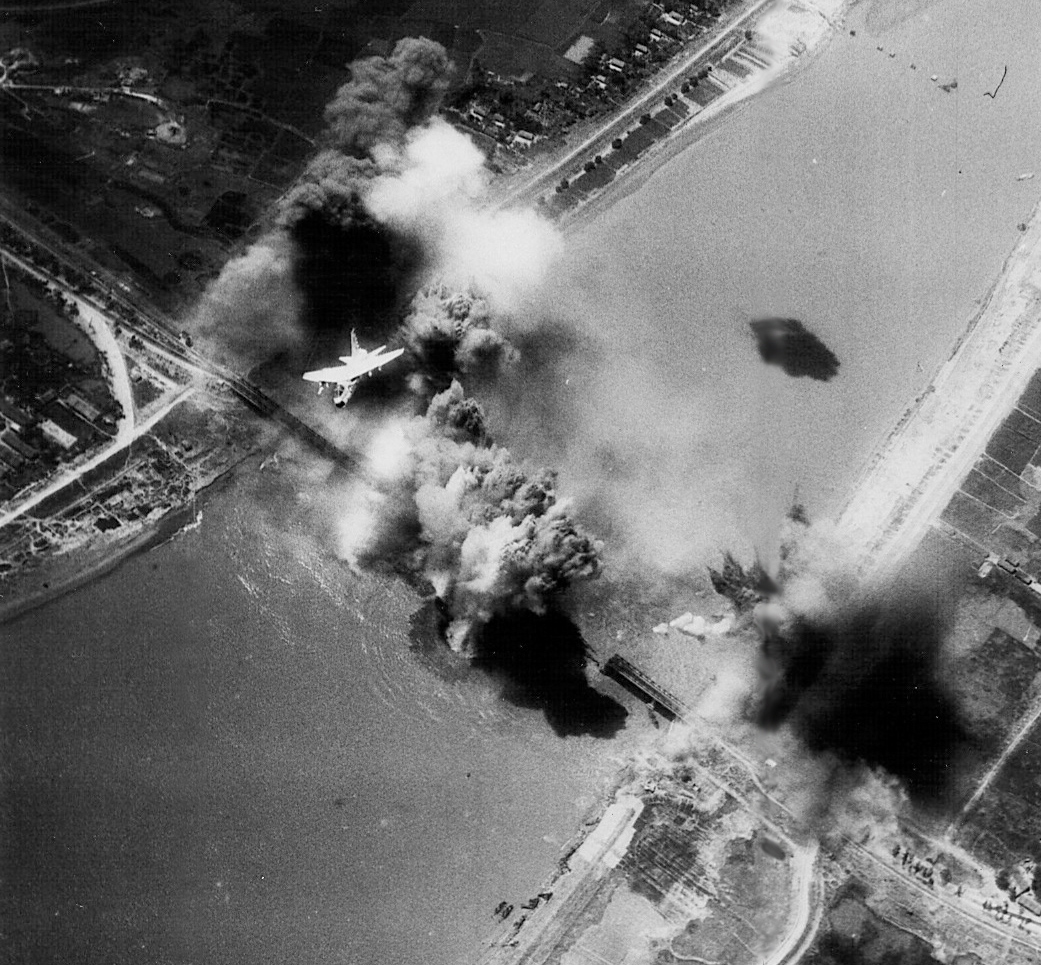|
East Pakistan Operations 1971
East Pakistan Air Operations covers the activity of the Pakistan Air Force (PAF) and Pakistan Army Aviation units in former East Pakistan during the Bangladesh Liberation War. The operations involved the Air interdiction, interdiction, air defense, ground support, and logistics missions flown by the Bangladesh Air Force, Indian Air Force and Indian Navy Aviation wing in support of the Indian Army and Mukti Bahini; in the eastern theater of the Indo-Pakistani conflict of 1971.The Indian Air force aided the Mukti Bahini to organize a formation of light aircraft (called ''Operation Kilo Flight, Kilo flight''). These were manned and serviced mainly by Bengali pilots and technicians who had defected from the Pakistani Air Force. This unit launched attacks on targets in Bangladesh on 3 December 1971, prior to the start of formal combat between India and Pakistan. Although the Battle of Boyra, first of the engagements between the opposing air powers occurred before the Operation Chengi ... [...More Info...] [...Related Items...] OR: [Wikipedia] [Google] [Baidu] |
Bangladesh Liberation War
The Bangladesh Liberation War ( bn, মুক্তিযুদ্ধ, , also known as the Bangladesh War of Independence, or simply the Liberation War in Bangladesh) was a revolution and War, armed conflict sparked by the rise of the Bengali nationalism, Bengali nationalist and self-determination movement in East Pakistan, which resulted in the independence of Bangladesh. The war began when the Pakistani Military dictatorship, military junta based in West Pakistan—under the orders of Yahya Khan—launched Operation Searchlight against the people of East Pakistan on the night of 25 March 1971, initiating the 1971 Bangladesh genocide, Bangladesh genocide. In response to the violence, members of the Mukti Bahini—a guerrilla resistance movement formed by Bengali military, paramilitary and civilians—launched a mass Guerrilla warfare, guerrilla war against the Pakistani military, liberating numerous towns and cities in the initial months of the conflict. At first, the Pakis ... [...More Info...] [...Related Items...] OR: [Wikipedia] [Google] [Baidu] |
English Electric Canberra
The English Electric Canberra is a British first-generation, jet-powered medium bomber. It was developed by English Electric during the mid- to late 1940s in response to a 1944 Air Ministry requirement for a successor to the wartime de Havilland Mosquito fast bomber. Among the performance requirements for the type was an outstanding high-altitude bombing capability and high speed. These were partly accomplished by making use of newly developed jet-propulsion technology. When the Canberra was introduced to service with the Royal Air Force (RAF), the type's first operator, in May 1951, it became the service's first jet-powered bomber. In February 1951, a Canberra set another world record when it became the first jet aircraft to make a nonstop transatlantic flight. Throughout most of the 1950s, the Canberra could fly at a higher altitude than any other aircraft in the world, and in 1957, a Canberra established a world altitude record of . Due to its ability to evade the early ... [...More Info...] [...Related Items...] OR: [Wikipedia] [Google] [Baidu] |
Operation Kilo Flight
Kilo Flight is the code name for the Mukti Bahini combat aviation formation during the Bangladesh Liberation War in 1971. It consisted of one DHC-3 Otter plane and one Alouette III helicopter, both carrying rocket pods and machine guns for launching hit-and-run attacks on Pakistani targets, and one DC-3 Dakota for logistical missions. 9 Bengali pilots and 58 ex PAF personnel formed the unit under the command of Group Captain A. K. Khandker in September 1971. The aircraft were supplied by Indian Authorities and the formation was led by Squadron Leader Sultan Mahmud under the operational control of IAF base Jorhat. The unit started training in October 1971 at Dimapur in Nagaland, and this unit was the first to launch airstrikes on Pakistani targets in East Pakistan on December 4, 1971, by attacking oil depots at Narayanganj and Chittagong. In total the unit flew 90 sorties and 40 combat missions between December 4 and 16, 1971. After the war, it formed the core of the nascent Bang ... [...More Info...] [...Related Items...] OR: [Wikipedia] [Google] [Baidu] |
Indo-Pakistani Conflict Of 1971
The Indo-Pakistani War of 1971 was a military confrontation between India and Pakistan that occurred during the Bangladesh Liberation War in East Pakistan from 3 December 1971 until the Pakistani capitulation in Dhaka on 16 December 1971. The war began with Pakistan's Operation Chengiz Khan, consisting of preemptive aerial strikes on 11 Indian air stations. The strikes led to India declaring war on Pakistan, marking their entry into the war for East Pakistan's independence, on the side of Bengali nationalist forces. India's entry expanded the existing conflict with Indian and Pakistani forces engaging on both the eastern and western fronts. Thirteen days after the war started, India achieved a clear upper hand, and the Eastern Command of the Pakistan military signed the instrument of surrender on 16 December 1971 in Dhaka, marking the formation of East Pakistan as the new nation of Bangladesh. Approximately 93,000 Pakistani servicemen were taken prisoner by t ... [...More Info...] [...Related Items...] OR: [Wikipedia] [Google] [Baidu] |
Mukti Bahini
The Mukti Bahini ( bn, মুক্তিবাহিনী, translates as 'freedom fighters', or liberation army), also known as the Bangladesh Forces, was the guerrilla resistance movement consisting of the Bangladeshi military, paramilitary and civilians during the Bangladesh Liberation War, War of Liberation that transformed East Pakistan into Bangladesh in 1971. They were initially called the Mukti Fauj. On 7 March 1971 Sheikh Mujibur Rahman issued a call to the people of East Pakistan to prepare themselves for an all-out struggle. Later that evening resistance demonstrations began, and the military began a full-scale retaliation with Operation Searchlight, which continued through May 1971. A formal military leadership of the resistance was created in April 1971 under the Provisional Government of Bangladesh. The military council was headed by General M. A. G. Osmani''Unconventional Warfare in South Asia: Shadow Warriors and Counterinsurgency'', Gates and Roy, Routledge, 2 ... [...More Info...] [...Related Items...] OR: [Wikipedia] [Google] [Baidu] |
Logistics
Logistics is generally the detailed organization and implementation of a complex operation. In a general business sense, logistics manages the flow of goods between the point of origin and the point of consumption to meet the requirements of customers or corporations. The resources managed in logistics may include tangible goods such as materials, equipment, and supplies, as well as food and other consumable items. In military science, logistics is concerned with maintaining army supply lines while disrupting those of the enemy, since an armed force without resources and transportation is defenseless. Military logistics was already practiced in the ancient world and as the modern military has a significant need for logistics solutions, advanced implementations have been developed. In military logistics, logistics officers manage how and when to move resources to the places they are needed. Logistics management is the part of supply chain management and supply chain engine ... [...More Info...] [...Related Items...] OR: [Wikipedia] [Google] [Baidu] |
Ground Support
In military tactics, close air support (CAS) is defined as air action such as air strikes by fixed or rotary-winged aircraft against hostile targets near friendly forces and require detailed integration of each air mission with fire and movement of these forces and attacks with aerial bombs, glide bombs, missiles, rockets, autocannons, machine guns, and even directed-energy weapons such as lasers.''Close Air Support''. United States Department of Defense, 2014. The requirement for detailed integration because of proximity, fires or movement is the determining factor. CAS may need to be conducted during shaping operations with Special Operations Forces (SOF) if the mission requires detailed integration with the fire and movement of those forces. A closely related subset of air interdiction (AI), battlefield air interdiction, denotes interdiction against units with near-term effects on friendly units, but which does not require integration with friendly troop movements. T ... [...More Info...] [...Related Items...] OR: [Wikipedia] [Google] [Baidu] |
Air Defense
Anti-aircraft warfare, counter-air or air defence forces is the battlespace response to aerial warfare, defined by NATO as "all measures designed to nullify or reduce the effectiveness of hostile air action".AAP-6 It includes surface based, subsurface ( submarine launched), and air-based weapon systems, associated sensor systems, command and control arrangements, and passive measures (e.g. barrage balloons). It may be used to protect naval, ground, and air forces in any location. However, for most countries, the main effort has tended to be homeland defence. NATO refers to airborne air defence as counter-air and naval air defence as anti-aircraft warfare. Missile defence is an extension of air defence, as are initiatives to adapt air defence to the task of intercepting any projectile in flight. In some countries, such as Britain and Germany during the Second World War, the Soviet Union, and modern NATO and the United States, ground-based air defence and air defence aircraf ... [...More Info...] [...Related Items...] OR: [Wikipedia] [Google] [Baidu] |
Air Interdiction
Air interdiction (AI), also known as deep air support (DAS), is the use of preventive tactical bombing and strafing by combat aircraft against enemy targets that are not an immediate threat, to delay, disrupt or hinder later enemy engagement of friendly forces. It is a core capability of virtually all military air forces, and has been conducted in conflicts since World War I. A distinction is often made between tactical and strategic air interdiction, depending on the objectives of the operation. Typical objectives in tactical interdiction are meant to affect events rapidly and locally, for example through direct destruction of forces or supplies en route to the active battle area. By contrast, strategic objectives are often broader and more long-term, with fewer direct attacks on enemy fighting capabilities, instead focusing on infrastructure, logistics and other supportive assets. The term deep air support relates to close air support and denotes the difference between their re ... [...More Info...] [...Related Items...] OR: [Wikipedia] [Google] [Baidu] |
Pakistan Air Force
, "Be it deserts or seas; all lie under our wings" (traditional) , colours = , colours_label = , march = , mascot = , anniversaries = Air Force Day (Pakistan), Air Force Day: 7 September , equipment = , equipment_label = , battles = , decorations = , battle_honours = , battle_honours_label = , flying_hours = , website paf.gov.pk, commander1 = President of Pakistan, President Arif Alvi , commander1_label = Commander-in-chief#Pakistan, Commander-in-Chief , commander2 = General (Pakistan), General Sahir Shamshad Mirza , commander2_label = Chairman Joint Chiefs of Staff Committee, Chairman Joint Chiefs of Staff , commander3 = Air chief m ... [...More Info...] [...Related Items...] OR: [Wikipedia] [Google] [Baidu] |
Ack Ack
Anti-aircraft warfare, counter-air or air defence forces is the battlespace response to aerial warfare, defined by NATO as "all measures designed to nullify or reduce the effectiveness of hostile air action".AAP-6 It includes surface based, subsurface ( submarine launched), and air-based weapon systems, associated sensor systems, command and control arrangements, and passive measures (e.g. barrage balloons). It may be used to protect naval, ground, and air forces in any location. However, for most countries, the main effort has tended to be homeland defence. NATO refers to airborne air defence as counter-air and naval air defence as anti-aircraft warfare. Missile defence is an extension of air defence, as are initiatives to adapt air defence to the task of intercepting any projectile in flight. In some countries, such as Britain and Germany during the Second World War, the Soviet Union, and modern NATO and the United States, ground-based air defence and air defence aircraft ... [...More Info...] [...Related Items...] OR: [Wikipedia] [Google] [Baidu] |
Canadair Sabre
The Canadair Sabre is a jet fighter aircraft built by Canadair under licence from North American Aviation. A variant of the North American F-86 Sabre, it was produced until 1958 and used primarily by the Royal Canadian Air Force (RCAF) until replaced with the Canadair CF-104 in 1962. Several other air forces also operated the aircraft. There were two major production runs of the aircraft. The first, the Mk. 2 and Mk. 4's with just under 1,000 built, were very similar to their US counterparts, differing only in minor details. The second run, the Mk. 5's and Mk. 6's of similar numbers, were patterned on the later versions of the US Sabre with larger wings for improved maneuverability while replacing the original General Electric J47 engine with the locally-designed more-powerful Avro Canada Orenda. The last of the Canadair Sabres in front-line operation were in Pakistan, whose AIM-9 Sidewinder equipped Mk. 6 models were the backbone of their air force during the Indo-Pakistani ... [...More Info...] [...Related Items...] OR: [Wikipedia] [Google] [Baidu] |






